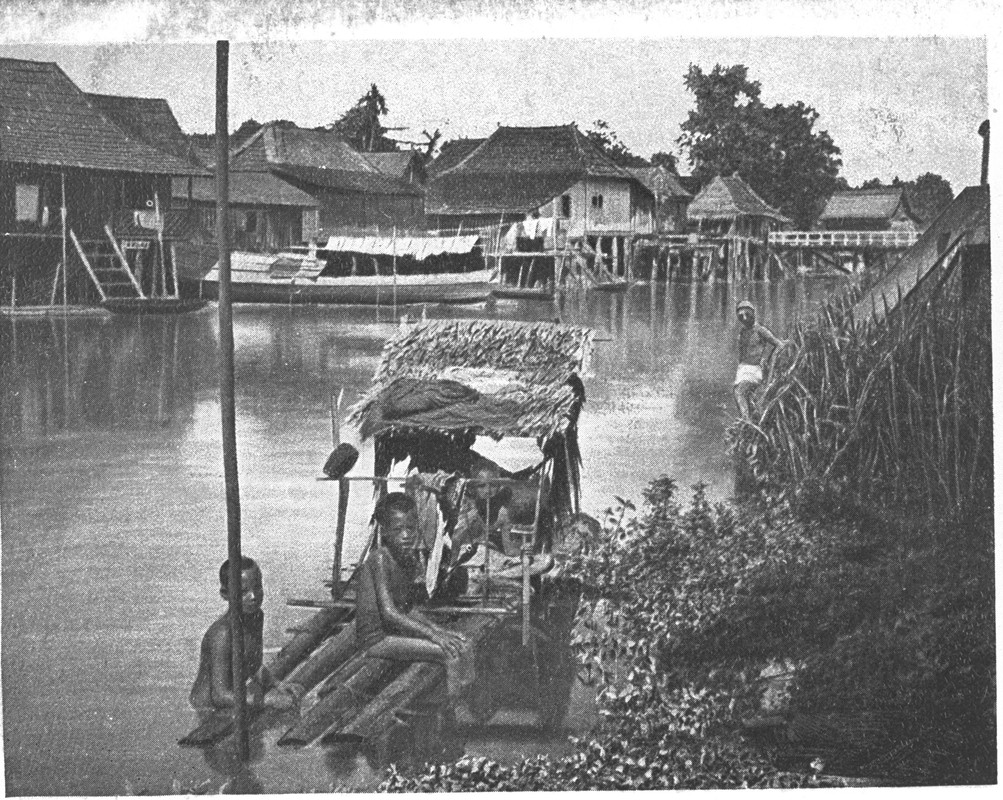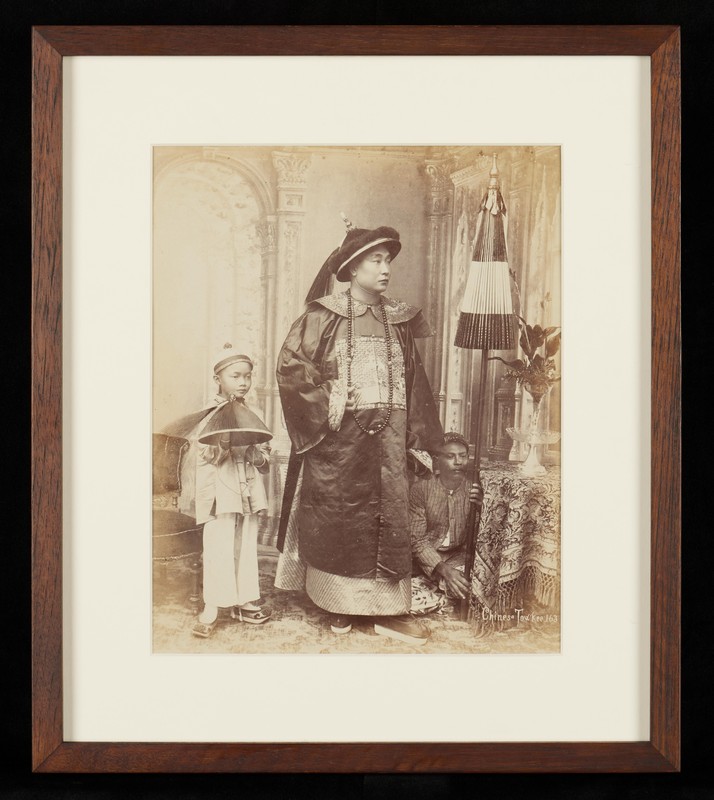Singapore Federation of Chinese Clan Associations
On 2 December 1984, a seminar on the Chinese clan associations of Singapore was held, breaking the years of silence that had prevailed among local clan associations. Jointly initiated by nine associations, the seminar affirmed the social functions of clan associations and proposed 10 initiatives regarding how these organisations could play more active roles in the new era. They were the Singapore Hokkien Huay Kuan, Teochew Poit Ip Huay Kuan, Singapore Kwangtung Association, Singapore Foochow Association, Nanyang Khek Community Guild (now known as Nanyang Hakka Federation), Kiung Chow Hwee Kuan (now known as Singapore Hainan Hwee Kuan), Sam Kiang Huay Kwan, Singapore Chin Kang Huay Kuan, and Singapore Hui Ann Association.
Following the seminar, a pro-tem committee for the formation of the Singapore Federation of Chinese Clan Associations (SFCCA) was put together by seven of the nine associations. Together, they raised $400,000 for the Federation’s general funds and officially registered SFCCA on 27 August 1986, when its first general meeting was held.
The four main objectives of SFCCA were:
- To promote, strengthen, and encourage deeper and closer relationships, coordination, cooperation, and understanding among the Chinese clan associations in Singapore.
- To promote, organise, or sponsor educational, cultural, social, and other activities to enhance public awareness, understanding, and appreciation of the Chinese language, culture, and traditions.
- To advocate, fund, or engage in research on Chinese language, culture, and traditions.
- To organise, participate, or assist in community and welfare services.


Today, SFCCA has approximately 245 members, of which 18 are associate members, including Chinese community organisations such as arts and cultural groups and alumni associations.
Growth and expansion
Over the years, SFCCA has organised activities for its members and the general public with the aim of shaping a unique Singapore Chinese culture. These activities can be divided into four major categories: festivals, cultural performances, academic seminars, and publications.
The Federation’s first president was Wee Cho Yaw (1929–2024), chairman emeritus of United Overseas Bank, and management was divided into the council and the working committee. The first council (1986–1988) consisted of nine members from across the seven clan associations involved. The working committee under the council was made up of five groups: administrative, publishing, cultural, academic, and a managing committee for SFCCA’s resource centres. Its main task was to propose activities and put them into action.
In October 2010, Chua Thian Poh, founder and chief executive of Ho Bee Group, took over as president and introduced a slew of initiatives in keeping with the times. These included setting up scholarships; giving out “Clan of the Year” awards; establishing the Singapore Chinese Cultural Centre; producing new magazines such as Oneness on top of the existing Yuan magazine; as well as publishing books such as A General History of the Chinese in Singapore in both English and Chinese.
Tan Aik Hock, chairman of the Singapore Lam Ann Association, assumed the role of the third president in 2018. Three years later, in September 2021, Thomas Chua Kee Seng, then-president of Singapore Hokkien Huay Kuan, took office as SFCCA’s fourth and current president. In an interview with Lianhe Zaobao, Chua said that while SFCCA’s original goal was to promote traditional Chinese culture, the Federation would also continue to play its role in fostering racial harmony, and strengthening the relationship and communication between Chinese community organisations and the government.
SFCCA now comprises six executive committees: Member Affairs Committee, Social Affairs Committee, Cultural Committee, Research Committee, Youth Committee, and Property Committee. Each committee has between 10 and 13 members. New immigrants are represented in these committees, giving them an avenue to integrate into local mainstream society by participating in the activities of the association — in line with the government’s integration policy.
As Chinese clan associations continue to transform and innovate, the Federation is formulating new strategies based on five principles: modernisation of concepts, professionalisation of management, rejuvenation of organisations, diversification of activities, and institutionalisation of systems. On top of these, the Federation is advocating three forms of renewal: repositioning, readjustment, and redevelopment. In essence, the SFCCA has gradually transformed itself into a significant organisation that promotes and passes down local Chinese culture.
This is an edited and translated version of 新加坡宗乡会馆联合总会. Click here to read original piece.
Chia, Yei Yei. “Xin lingdao banzi chulu, caiqisheng jieren huizhang, zongxiangzonghui hongyang chuantong cujin zhongzu hexie” [Thomas Chua Kee Seng appointed president, Singapore Federation of Chinese Clan Associations continues to promote tradition and racial harmony]. Lianhe Zaobao, 27 September 2021. | |
Kua, Bak Lim. “Zongfengyuanchang yushijujin: xinjiapo zongxiangzonghui dui huazu wenhua de gongxian” [Passing on ancestors’ legacy even in faraway places, keeping pace with the times: The contributions of the Singapore Federation of Chinese Clan Associations to Chinese culture]. In Huaqiao bowuguan yu huaqiaohuaren yanjiu [Overseas Chinese museums and the study of Chinese overseas], edited by Cheng Xi and Wu Xiao’an, 357–367. Beijing: The Overseas Chinese Publishing House, 2016. | |
Kua, Bak Lim. “Huaren huiguan de xiandaihua wenti” [The problems faced by Chinese associations in modernisation). In Zonghui sannian [Commemorating three years of the Singapore Federation of Chinese Clan Associations], 44–48. Singapore: Singapore Federation of Chinese Clan Associations, 1989. | |
Kua, Bak Lim. “Kuashiji de zongxiangzonghui” [Singapore Federation of Chinese Clan Associations across centuries]. In Zonghui shinian [Commemorating 10 years of the Singapore Federation of Chinese Clan Associations], 37–39. Singapore: Singapore Federation of Chinese Clan Associations, 1995. | |
“Xinjiapo zongxiang huiguan jinnian chuban huodong de jidian fansi: yi Xinjiapo zongxiang huiguan lianhe zonghui wei li” [Reflections on recent publishing activities of Singapore clan associations: A case study of the Singapore Federation of Chinese Clan Associations]. In Xueshu youmiao jihua lunwenji: Di shi’er qi [SAP Schools Chinese Research Mentorship Programme: Volume 12], 29–44. Singapore: Nan Hua High School, 2016. |










